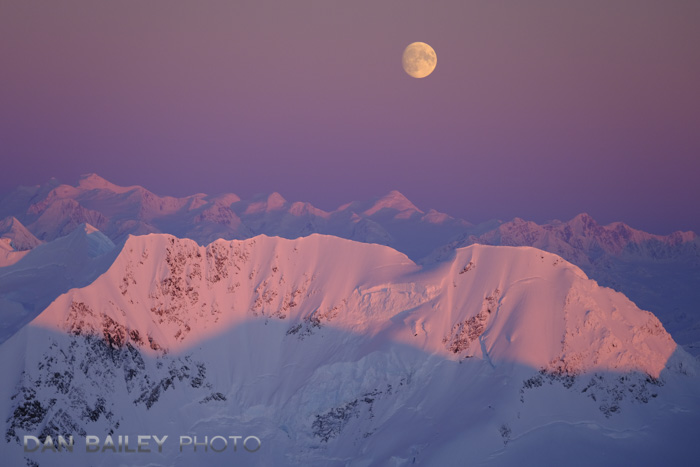
Things sure change, don’t they? A few years ago, when writing about this topic, I was insistent that serious photographers should always shoot RAW. Now look at me. Now I’m all about the JPEG.
So what’s changed?
Technology for one. Cameras sensors have improved over the years and are now capable of recording a much wider dynamic range than ever before. Also, mirrorless cameras happened. With full-time live view, you effectively have a WISYWIG viewfinder, which means there’s no more guesswork when it comes to exposure. (DSLR’s have Live View Mode, but with a major autofocus limitation.)
Finally, my own viewpoint has shifted. Over the past few years, I’ve evolved my own mindset when it comes to photography and creativity. I feel I’ve come full circle and returned to the shooting mentality I had when I first stated with photography almost 28 years ago.
So what does this have to do with you?
I’ll tell you. I feel that my evolution and my current approach to photography has brought me a vast amount of creative liberation and freedom. In short, my “fun factor” with photography is higher than it ever has been.
At the same time, I see many other shooters getting bogged down with their workflow and struggling with certain aspects of their photography approach. My goal with this post is to help you become more efficient and more productive with your photography. Put simply, I want you to have more fun. After all, photography and fun sound like they begin with the same letter, right?
Before you start arguing with me on this, you should know that I’m full supportive of shooting RAW when necessary. Shooting RAW allows you to extract maximum quality and tonal range to your image. With certain types of photography, or if you’re shooting a critical assignment, then of course, you’ll probably want to shoot RAW. Or RAW+JPEG.
I still shoot RAW on occasion, but much less often than ever before and I would advocate you try the same approach. Here are my 3 reasons why you should seriously consider shooting JPEG instead of RAW.
1. You’ll Save Time. And Hard Drive Space
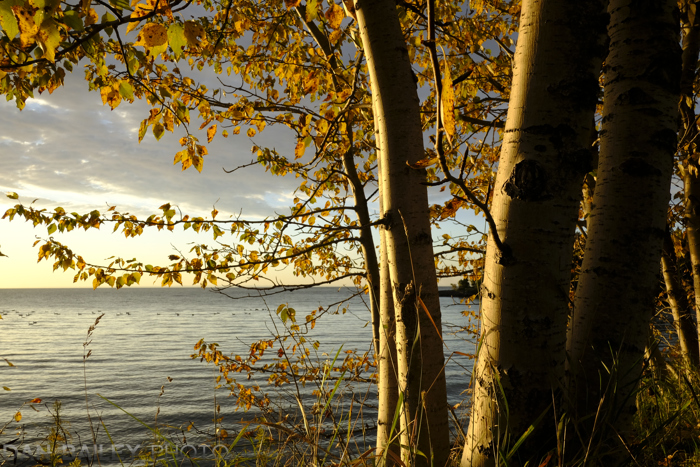
Picture this scenario: You go on a really cool photo trip to an amazing destination and shoot about a thousand photos, all in RAW. When you get back, your friends ask you, “when can we see your pictures?”
You say, “After I edit them and process all the good ones.”
However, a few things seem to interfere with your photo processing time. On Monday, you have to go back to work, and right after work, you have to pick up the kids from school. While they’re at soccer practice, you stop by Home Depot and buy lightbulbs, because the one in the hallway went out while you were on vacation.
Then you have to take the dog to the vet, stop by the grocery store and buy food for the week, pick the kids up from soccer and sit in traffic for 45 minutes. When you get home, you replace the lightbulb, cook dinner, do the dishes, watch the news and see who got indicted today, spend some time with your family, answer a bunch of emails, read Dan Bailey’s most recent blog posts, surf the web for awhile while your download your cards.
Then FINALLY, at around 10:30PM, you start editing photos, flag the bad ones, tag the good ones, pick out one or two keepers, open them up in Photoshop or Luminar and begin sliding sliders.
By now, it’s almost 11:00PM, and you need to go to bed because you have to work in the morning. The rest of the week played out very much the same, and then it’s the weekend, during which time you go off and take even more pictures.
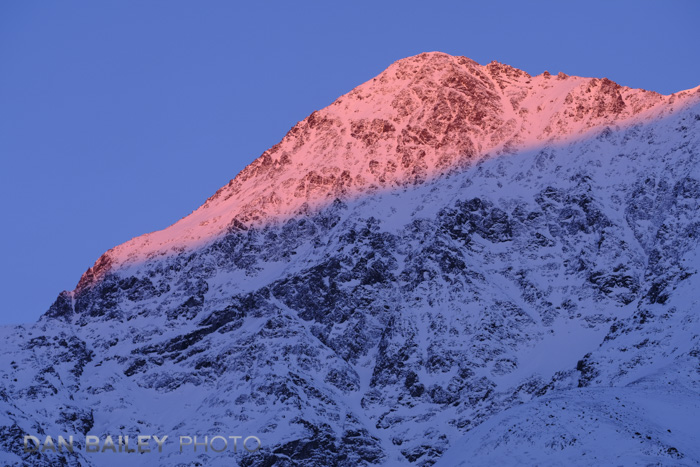
Next Monday, you return to the office and your co-workers ask you, “when can we see your pictures?”
You say, “I’m still not done editing them.”
Meanwhile, Bob from Marketing just got back from his trip to Iceland, where he also shot a thousand photos, except he shot everything in JPEG. He’s already made a web gallery, posted a bunch of shots to Facebook, sent out a few images to potential clients and is inviting everyone over on Friday night to his Iceland Slide Show Party.
You get the idea…
Shooting JPEG saves you time. Lots to time. Time you could spend playing outside, shooting more photos, hanging out with fiends… you know, stuff that doesn’t involve sitting at your computer. Don’t you spend enough time there as it is?
And of course, shooting JPEG instead of RAW will save you a TON of space on your memory cards and hard drives.
I know what you’re saying, though, “but I wanted to make sure I nailed all my exposures.”
Which brings us to #2.
2. Your Camera Will Nail It. (Most of the Time)
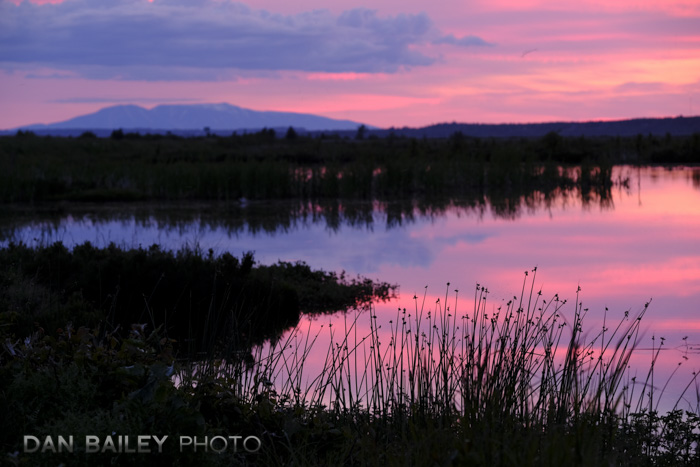
As I said above, cameras have come a LONG way. Today’s digital sensors are capable of recording a vast amount of dynamic range. Add to the fact that today’s image processors are incredible.
Most Fuji shooters know how good the X Series JPEGS are straight out of the camera, but the fact is that every modern camera has a highly advanced image processor that will make great looking JPEGS. You should take advantage of that feature. You trust the autofocus, right? Why not trust your camera’s sensor and image processor?
In most situations, your camera will nail it. If you’re not sure, just look at the LCD Screen or through your electronic viewfinder. The WISYWIG nature of todays mirrorless cameras and Live View mode on your DSLR shows you EXACTLY what the picture will look like before you press the shutter.
Add in the histogram and your EV+/- control and you have an amazing set of tools that can pretty much guarantee you perfect exposure most of the time. Even in tricky lighting.
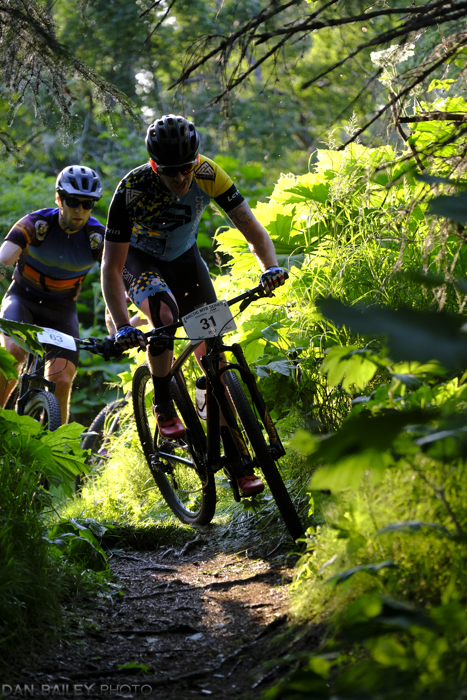
You don’t always have to go by the histogram, though. In fact, you should only use if for reference, not as a rule. Your histogram doesn’t know what kind of image your trying to create, it only knows what tones are present in your exposure. So what if you lose your shadows. They’re meant to be black. Sometimes you can even blow your highlights and still have a great looking shot, like the example below.
Will your camera nail it EVERY SINGLE TIME? Of course not. There are sone times when you’ll want to shoot RAW, or RAW+JPEG. However, with most scenes, RAW doesn’t need to be your default tool, it should be the right tool when you really need it. (Note to Fuji users, you can always shoot RAW and then perform RAW conversions right inside the camera after the fact. This can be a really useful feature.)
And even if you do want to tweak your photos and give them a little bit of added life and pizzaz, there’s plenty you you can do with your JPEGS.
Unless you need to rescue extreme tones and control high levels of contrast, it’s nothing to add a little bit of vibrance or clarity to your image, or make fine tune exposure adjustment, or even apply a dramatic preset in a program like Luminar or ON1, you’ll be just fine. Your image will look great and you won’t suffer any noticeable loss in quality.
Learn to trust your camera. It works as advertised.
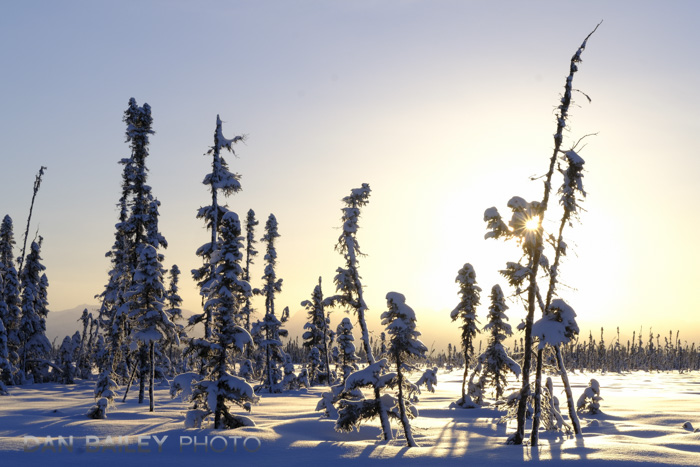
3. You’ll Walk Away With the Shot You LOVE
Before digital, there was no RAW, there was just film. You chose a specific film type based on the nature of your subject, the lighting conditions and what type of look you were going for.
You loaded the little green or yellow can inside your camera, you set your exposure and you pressed the button. When it was all said and done, you either nailed it or you didn’t. Of course, back then, we did lots of bracketing since there wash no such thing as LCD screens.
The result, however, was that the keeper frame WAS YOUR FINAL IMAGE. It was your JPEG.
There was no processing after the fact. You made creative decisions on the spot, took the photo and hopefully walked away with an image you loved. Although back then, you had to wait a few days or weeks with anticipation before you developed the slides to even see if you did indeed nail the shot.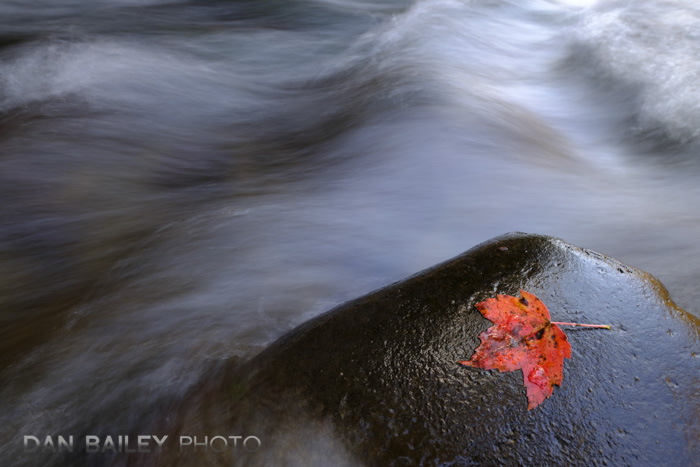
Today, we have the luxury of Live View LCD screens, which again, gives you the ability to see exactly what your image will look like before you take it. This combination has allows me to take a full-circle shift in my approach to photography which has brought me an enormous sense of creative liberation.
Essentially, I’ve returned to shooting with a film mentality again, but with modern technical advantages.
My goal is to walk away from my scene with an image I love…
…as opposed to walking away with a RAW file that I need to process later in order to make it be the image I love.
I encourage you to try and take this approach and see what it does to your photography life. Trust your camera. Trust yourself. Have fun. Enjoy the process. Be free.

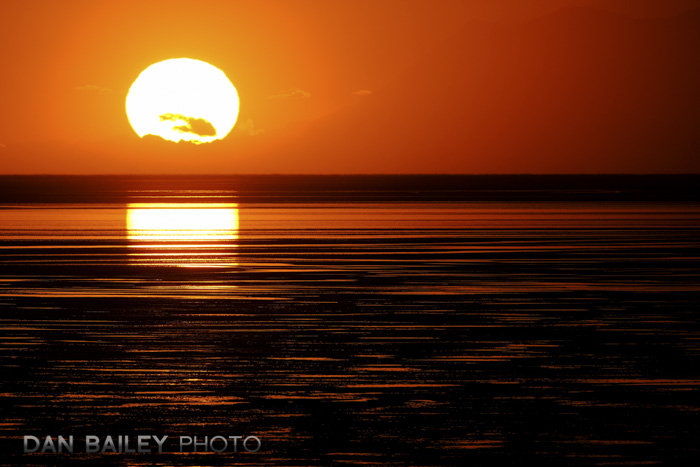

Thanks Dan, for the post, part 3 especially is close to my heart and I can relate to those feelings, next time I go out I will Shoot only in jpeg, and concentrate on getting the image right in camera, I have the XT2, so I have the tools.
I have converted many Raw images in my camera to jpeg and love the images I get.
Bob Davison
Try shooting jpeg with the screen closed and check your results later. It is similar to shooting with a 35 mm camera and waiting for the film to be processed. This is a good training exercise.
Indeed, and it prolongs battery life too!! Thanks for the comment, Bob.
Point one – “You’ll save time”. I save time when I pick up a junk meal at McDonalds rather than prepare a good dinner at home, but it doesn’t mean the McDonalds meal will taste better. And point 3 about embracing the distant past. Even with the modern screens and technology, shooting jpegs will occasionally get you black shadows and blown highlights that can never be recovered. I feel totally “free” when I have the option to option to make adjustments to my picture to make sure it looks like the original scene. Dan, I’ve enjoyed other articles you’ve written, but can’t agree here.
Hi Bill, thanks for your comment. And no worries, a little disagreement and healthy debate is a good thing. This shows me that you’ve actually read my post, thought about what I said, carefully considered it with regards to your own approach to photography, and came to the conclusion that your mindset here is different than mine. You clearly have very deliberate ideas about this topic, and from my standpoint, as someone who’s trying to encourage people to activity think about their photography and their craft, this is exactly what I could hope for.
That said, I think my JPEG images are a little better than the photographic equivalent of a McDonalds meal. In fact, many of my absolute favorite images where shot as straight JPEGs, and I don’t see where spending more time processing them would have made a difference.
And you’re right, with some scenes, I might get black shadows and blown highlights, but depending on the photo, I might not be bothered by that. I can appreciate your sense of “freedom” that the option of processing gives you. For me, freedom in photography is often defined as not always being bound to the notion of chasing perfection and trying to reproduce exactly what the original scene looked like. I’m often driven more by the notion of abbreviating and representing the scene, and creating visual stores that evoke a feeling.
In fact, it’s only been a recent development in photography to have such powerful processing tools that give us the ability to “make sure it looked like the original scene.” For the entire history of cameras, film and even digital photography, there was simply no way to perfect reproduce the world as we can now, and yet, even old photographs that were shot in monochrome, or on grainy, wildly imperfect film still had the power to generate meaningful visual impact, effectively communicate ideas and incite the viewer’s mind to imagine the rest of the story that lies outside of the borders of the photograph.
I like when people put the argument across that shooting a particular style makes it so you can never recover certain highlights or shadows. It gives me a chance to ask the question, “why is that necessary a bad thing?” What exactly are you afraid of if you lose some shadow detail in a particular image? Is proper exposure and no blown highlights the only measure of a visually powerful successful image?”
I love thinking about this stuff, so thanks again for inciting some genuine conversation and introspection on my part, Bill!
Take care,
Dan